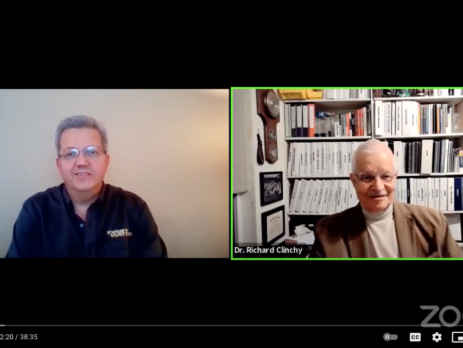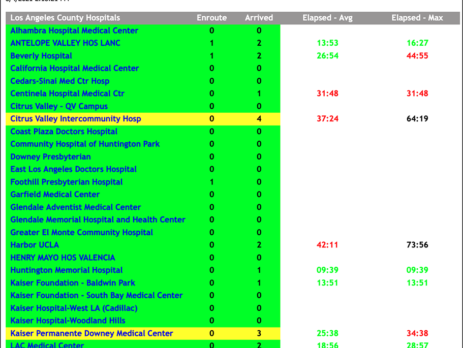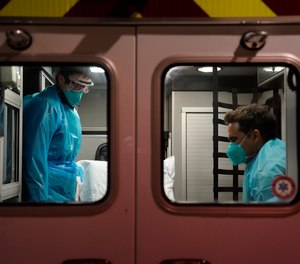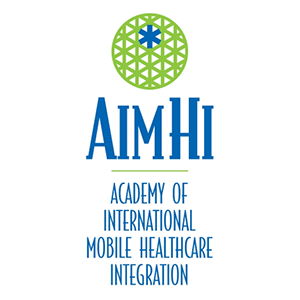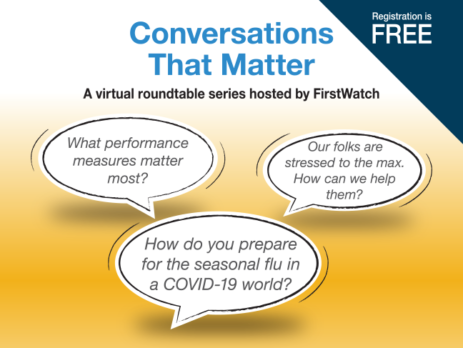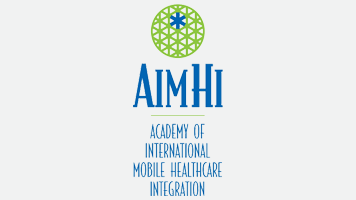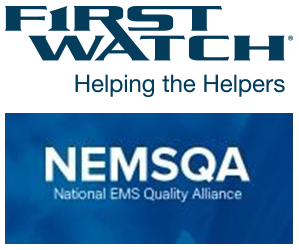In the News – Three Health Safety Alerts
Public Health Authorities in the United States have released two health safety alerts and Canadian Health Authorities have released one. All three have implications for First Responders, primarily EMS, but appropriate for others who may encounter these situations too. Each alert/advisory includes information about the alert, what EMS & First Responders can do to manage the situation, and a short list of Resources & Links for obtaining more complete information. #1 is from the CDC, FDA, & the Southern Nevada Health...

